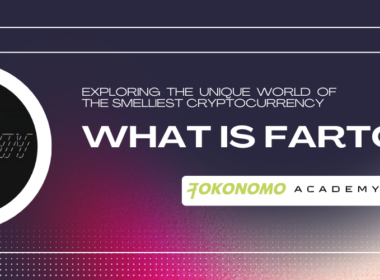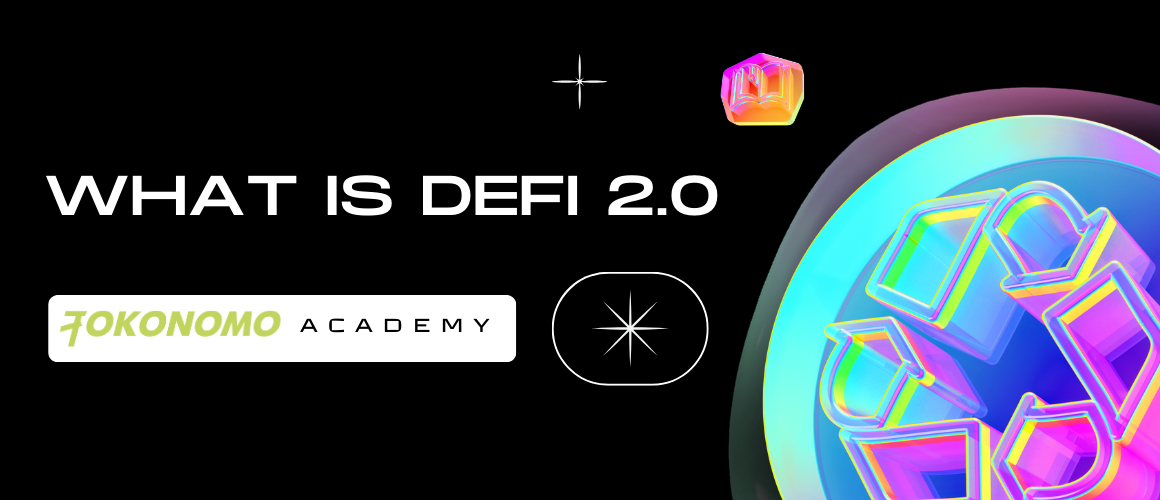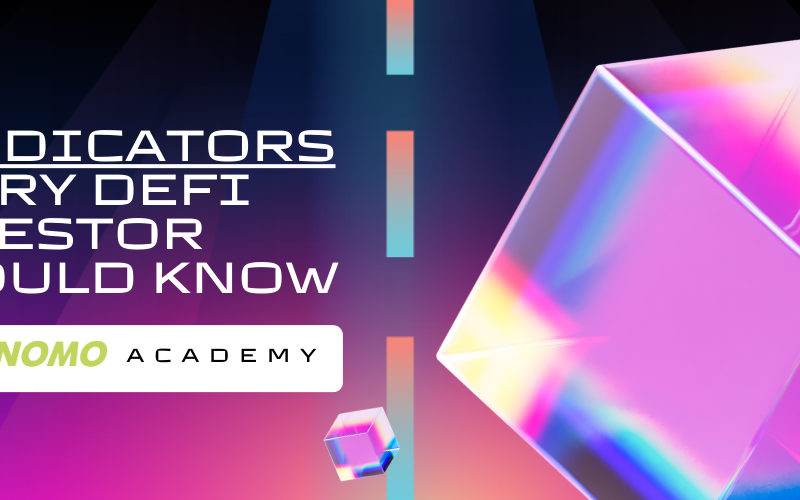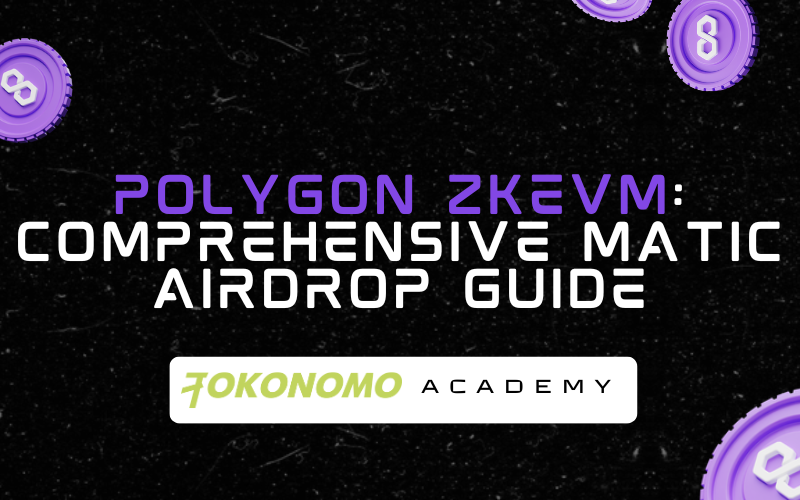Decentralized Finance (DeFi) has revolutionized the traditional financial system by providing a decentralized alternative to traditional banking and financial services. But as the world of cryptocurrencies and blockchain technology continues to evolve, a new era of DeFi, known as DeFi 2.0, is emerging.
What is DeFi 2.0?
DeFi 2.0 represents a concerted effort to enhance and address the issues that were evident during the initial DeFi wave. Although DeFi was groundbreaking in its ability to offer decentralized financial services to anyone holding a cryptocurrency wallet, it still exhibits certain vulnerabilities. A parallel can be drawn to the evolution witnessed in the cryptocurrency realm, exemplified by second-generation blockchains such as Ethereum (ETH), which built upon the foundation laid by Bitcoin. In the case of DeFi 2.0, it must also adapt to emerging regulatory frameworks governments are planning to introduce, such as Know Your Customer (KYC) and Anti-Money Laundering (AML) requirements.
For instance, consider the success of liquidity pools (LPs) within the DeFi landscape, where liquidity providers earn fees by staking pairs of tokens. Nonetheless, liquidity providers face the risk of financial losses due to impermanent loss when the price ratio of the tokens fluctuates. Here, a DeFi 2.0 protocol could potentially offer a risk mitigation solution through insurance, albeit for a modest fee. This proposed approach not only strengthens the incentive for individuals to invest in LPs but also yields advantages for users, stakers, and the broader DeFi ecosystem.
What Constraints Does DeFi Encounter?
Before delving further into the use cases of DeFi 2.0, let’s delve into the issues it aims to address. Many of the challenges at hand bear a resemblance to the broader predicaments faced by blockchain technology and cryptocurrencies:


Scalability
DeFi protocols operating on blockchains experiencing high traffic and exorbitant gas fees frequently offer services that are slow and costly. Even simple tasks tend to consume an excessive amount of time and resources, leading to inefficiencies in terms of cost.
Oracles and Third-Party Information
Financial products reliant on external data sources necessitate superior quality oracles (third-party data providers) to ensure accuracy and reliability.
Centralization
Enhancing decentralization remains a critical objective within DeFi; however, numerous projects have yet to implement principles aligned with decentralized autonomous organizations (DAOs).
Security
A significant proportion of DeFi users lack the ability to effectively manage or comprehend the risks inherent in the DeFi landscape. They often stake substantial sums of money in smart contracts without a comprehensive understanding of their security. While security audits are in place, their value tends to diminish as updates are introduced.
Liquidity
Liquidity markets and pools are distributed across various blockchains and platforms, leading to the fragmentation of liquidity. Moreover, participating in liquidity provision entails locking up funds and their associated value. In most instances, tokens staked in liquidity pools remain inaccessible for other purposes, resulting in capital inefficiencies.
What is The Significance of DeFi 2.0?
Even for those who have been HODLing their cryptocurrencies and possess significant experience in the crypto realm, grasping the intricacies of DeFi can still prove to be an intimidating and perplexing endeavor. Nevertheless, its primary objective remains to diminish the barriers to entry and carve out fresh avenues for cryptocurrency holders to generate income. Individuals who may have been denied a loan by conventional banks could potentially find solace in DeFi.
The significance of DeFi 2.0 lies in its capacity to democratize the world of finance while maintaining a vigilant stance on risk management. DeFi 2.0 also endeavors to tackle the issues previously discussed, thereby enhancing the overall user experience. If we can successfully achieve this and furnish improved incentives, it becomes a win-win situation for all involved parties.
Use Cases of DeFi 2.0
We need not wait for the emergence of DeFi 2.0 use cases, as there are already ongoing projects introducing innovative DeFi services across various blockchain networks, including Ethereum, BNB Smart Chain, Solana, and other smart contract-capable blockchains. In the following sections, we will delve into some of the most prevalent developments:
Unleashing the Potential of Staked Funds
If you’ve ever participated in staking a token pair within a liquidity pool, you would have received LP tokens as compensation. In the realm of DeFi 1.0, you could stake these LP tokens in yield farms to compound your earnings. However, prior to the advent of DeFi 2.0, this was the extent of value extraction. Vaults were locking away millions of dollars, providing liquidity, but there existed untapped potential to enhance capital efficiency.
DeFi 2.0 takes a significant leap by utilizing these yield farm LP tokens as collateral. This collateralization can be leveraged for various purposes, such as obtaining a cryptocurrency loan from a lending protocol or engaging in the minting of tokens, akin to the MakerDAO‘s DAI issuance process. The precise mechanism may vary across projects, but the overarching concept is to unlock the value of your LP tokens for fresh opportunities, all while continuing to generate an annual percentage yield (APY).
Smart Contract Insurance
Conducting comprehensive due diligence on smart contracts can be a daunting task, especially for those lacking experience as developers. Without this expertise, one can only conduct a partial evaluation of a project, resulting in substantial investment risks when engaging with DeFi projects. However, DeFi 2.0 introduces the possibility of securing DeFi insurance specifically tailored to individual smart contracts.
Imagine you are utilizing a yield optimizer and have staked LP tokens in its associated smart contract. In the event of a compromise to the smart contract’s integrity, your deposited funds could be at risk. An insurance initiative can offer you a safeguard for your deposit within the yield farm, subject to a fee. It’s worth noting that this coverage pertains exclusively to a particular smart contract; generally, payouts are not extended in the case of a compromise to the liquidity pool contract. Nevertheless, if the yield farm contract faces a compromise but is covered by insurance, you are likely to receive compensation.
Impermanent Loss Insurance
When you invest in a liquidity pool and engage in liquidity mining, any fluctuations in the price ratio between the two tokens you’ve locked in may lead to financial setbacks, referred to as impermanent loss. However, DeFi 2.0 protocols are now exploring innovative approaches to mitigate this risk.
For instance, consider a scenario where you contribute one token to a single-sided LP, negating the need for a paired token. The protocol introduces its native token as the complementary counterpart. As a participant, you will receive fees stemming from swaps involving this specific pair, just as the protocol does.
Over time, the protocol accumulates fees to establish an insurance fund, safeguarding your deposit against impermanent loss effects. In cases where the fees fall short of covering losses, the protocol has the ability to mint new tokens to bridge the gap. Conversely, any excess tokens can be stored for future use or even burned to reduce the token supply.
Self-Repaying Loans
Conventionally, obtaining a loan is associated with liquidation risks and interest payments. However, in the realm of DeFi 2.0, such concerns need not apply. For example, envision taking a $100 loan from a crypto lender. The lender disburses $100 in cryptocurrency but mandates $50 as collateral. Once you provide this collateral, the lender employs it to generate interest, thereby servicing your loan. After the lender has accrued $100 from your cryptocurrency, plus an additional premium, your collateral is returned. Importantly, there is no risk of liquidation involved. Even if the collateral token’s value depreciates, the loan repayment is merely delayed.
Who Holds The Reins of DeFi 2.0?
Given all of these features and diverse use cases, it prompts us to ponder who holds the reins of control. It’s worth noting that the blockchain technology arena has consistently championed decentralization, and the DeFi sector is no exception. MakerDAO (DAI), one of the pioneers in DeFi 1.0, established a benchmark for this movement. Currently, it’s increasingly prevalent for projects to empower their community with a voice and influence.
Additionally, many platform tokens double as governance tokens, endowing their holders with the authority to participate in decision-making through voting mechanisms. Therefore, it’s reasonable to anticipate that DeFi 2.0 will usher in even greater decentralization within the ecosystem. Nevertheless, as regulatory frameworks and compliance measures steadily catch up with DeFi’s growth, the role of compliance and regulation is growing in significance.
What Potential Hazards Come With Defi 2.0, and What Measures Can Be Taken to Mitigate Them?
DeFi 2.0 carries forward many of the same inherent risks as its predecessor, DeFi 1.0. Here, we outline some of the primary risk factors and provide guidance on safeguarding your interests:
- Interactions with smart contracts expose you to potential vulnerabilities, backdoors, or hacking attempts. It’s essential to recognize that even a project’s audit doesn’t offer an absolute safety guarantee. To mitigate these risks, conduct thorough research on the project, and acknowledge that investing in DeFi always entails a degree of risk.
- Your investments could be influenced by regulatory changes. Governments and global regulators are increasingly monitoring the DeFi space. While regulatory frameworks can enhance security and stability within the cryptocurrency realm, certain projects may need to adapt their services in response to evolving regulations.
- The impermanent loss remains a significant concern, even with the availability of IL insurance. Those interested in liquidity mining must understand that this risk can never be entirely eliminated.
- Accessing your funds may prove challenging, particularly if you rely solely on a DeFi project’s website interface for staking. To address this issue, consider locating the smart contract on a blockchain explorer as well. This precaution ensures that you can still withdraw your funds even if the website experiences downtime. However, be aware that interacting directly with the smart contract requires some technical expertise.
Conclusion
Despite our numerous achievements in the DeFi sector, we have not yet witnessed the complete realization of DeFi 2.0’s potential. It remains a complex subject for the majority of users, and it is important to emphasize that individuals should not engage in financial products they lack a comprehensive understanding of. The task of simplifying the user experience, particularly for newcomers, is still ongoing. While we have made strides in introducing innovative risk-reduction methods and APY-enhancing strategies, we must exercise patience and await the full realization of DeFi 2.0’s pledges.











